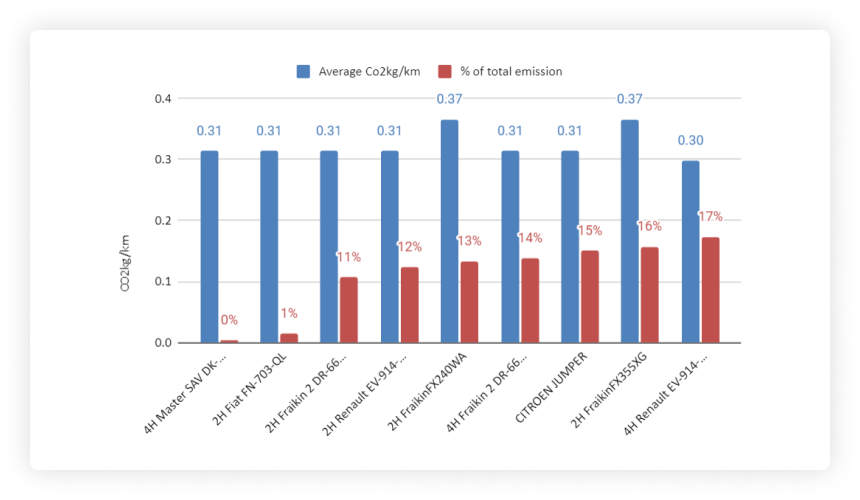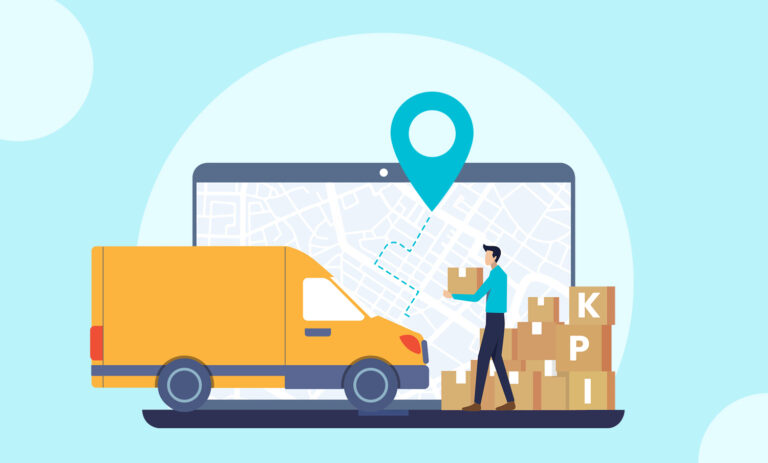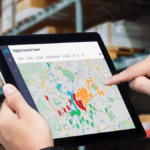

Last-mile carriers and logistics companies live or die by their KPIs.
Whether the goal is to make deliveries more efficient or ensuring better customer experience. All it takes is a look at a company’s KPIs to understand why only the best survive in such a competitive market.
So why are so many last mile carriers still unsure about the metrics that matter most?
When I talk to them, it’s the part of the conversation where things often go quiet for a moment. What are your most important KPIs?
Clarity of vision and purpose
This is an area where clarity of purpose can be decisive. Let’s park for a moment what it is you’re measuring. The fundamental thing is to understand any KPI in its wider context –- what does it really tell you about your business performance? Can it be read differently by different stakeholders? Is it a vanity metric or a real indicator of success?
Yes, you really need to think about which KPIs you are going to value. And that’s not always an easy process. There are so many to choose from. But one piece of advice I have at the outset is that whatever key performance indicators you land on, measure as much as you can.
Because you may find next year that the data shows other metrics provide a better benchmark for the performance of different aspects of your business. But you won’t know that unless you have the data at hand to study.
I’ve seen time and again companies with incomplete metrics –- dreaded gaps in the data –- due to data hygiene issues, poor synchronisation of data between systems, or just lapses in manual input.
Alignment all the way to the top
So choose your KPIs wisely and, whatever else you do, make sure your team generates a full set of data for the forecast period, whether that’s monthly, quarterly or annually.
But one final word of warning is to think critically about the KPIs you’re seeing. Is success in a given KPI actually leading to greater revenues and returns?
If not, should you be focusing on something else? The trick here is to make sure there is always a complementary relationship between your company’s top-level KPIs and those that filter these objectives down to individual departments or personnel.
Otherwise you risk a situation where people are pulling in different directions. And then you’ll never meet your company objectives.
Six of the best KPIs
So here are six KPIs that I think work well together to create a granular snapshot of the health of your last mile logistics operation.
They cover three major areas of business importance: growth, service and efficiency.
1. Delivery success rate
This may seem simple but it’s critical. Because it measures productivity AND growth. It’s also implicitly linked with failed deliveries, a key focus area for improvement!
2. Average number of deliveries per vehicle
Another core performance indicator. Track this, optimise it, and it will undoubtedly contribute to company growth.
3. Delivery reliability time window
I like this one because it doesn’t just consider if your deliveries are on time, but also factors in the length of delays where they occur.
Taking these KPIs together gives you a window of reliability in which you can be confident of making a delivery. The smaller the window, the happier the customer!
4. Delivery complaint rate
A measure of customer satisfaction weighted by the number of deliveries you make.
Effective at showing the overall health of your customer experience. This KPI reveals operational issues and areas for improvement, contributing to revenue growth
5. Drop density
A classic, I’m sure you’ll agree. But if it ain’t broke, don’t fix it. Using high drop density as a guiding KPI helps keep productivity up and costs down.
6. Average CO2e emissions per vehicle type per kilometre
If sustainability’s as important to you as it is to me, this one gives a tangible way to identify where in your fleet to focus your next green investment for the biggest savings in emissions.

These are the sorts of insights you can generate with Urbantz.
This list is by no means exhaustive, but it’s some of the most useful KPIs I see being used in the last mile.






